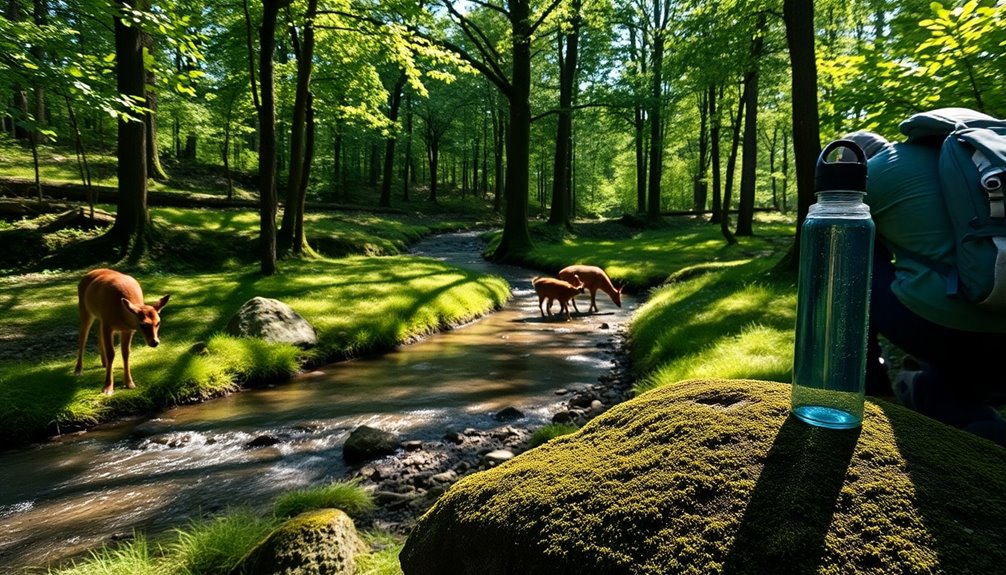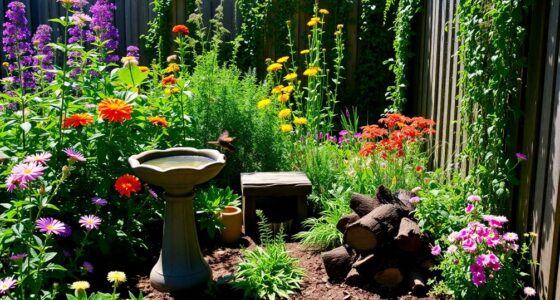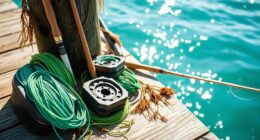You can reduce your impact on wildlife by embracing sustainable living practices. Use energy-efficient appliances, turn off lights, and conserve water. Cut down on plastic waste by opting for reusable items and products with minimal packaging. Create wildlife-friendly spaces in your yard with native plants and bird feeders. Support conservation by donating to organizations or volunteering. Educate yourself and others about local ecosystems to raise awareness. There's more to discover about making a positive change for wildlife.
Key Takeaways
- Use organic gardening practices to minimize chemical runoff that harms local wildlife habitats.
- Plant native species in your area to provide food and shelter for local wildlife.
- Avoid single-use plastics to reduce pollution that can negatively impact ecosystems.
- Support conservation organizations through donations or volunteering to protect wildlife habitats.
- Educate yourself and others about local wildlife to promote awareness and conservation efforts.
Embrace Sustainable Living Practices
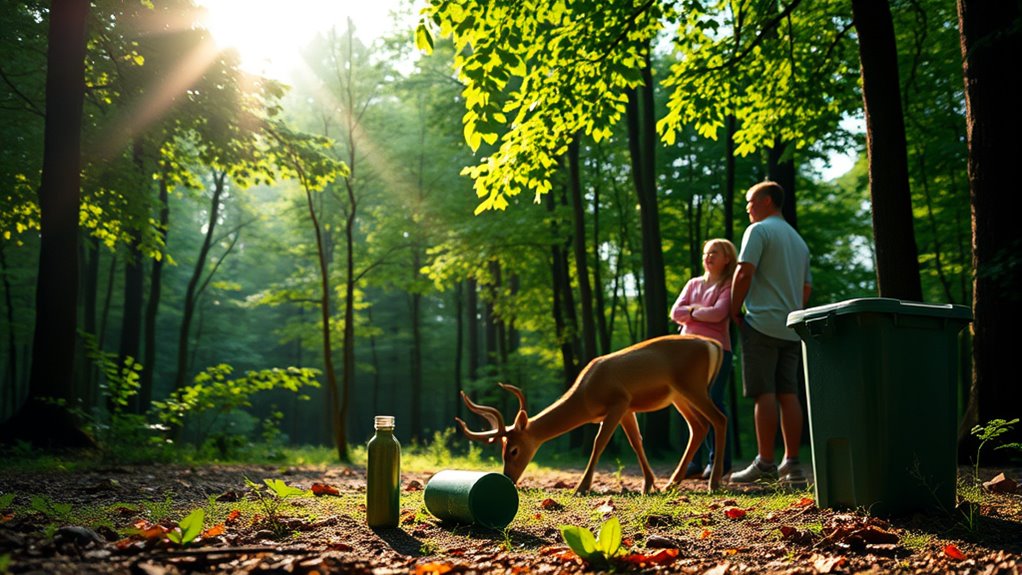
When you embrace sustainable living practices, you take a significant step toward protecting wildlife and their habitats.
Start by using energy-efficient appliances and reducing your overall energy consumption. Simple actions like turning off lights when you leave a room or using public transportation can make a difference.
You should also consider growing your own food or sourcing it locally, which minimizes the environmental impact of transportation.
Additionally, conserving water by fixing leaks and using rain barrels helps maintain natural ecosystems.
By choosing eco-friendly products and reducing meat consumption, you further lessen your carbon footprint.
Reduce Plastic Use and Waste
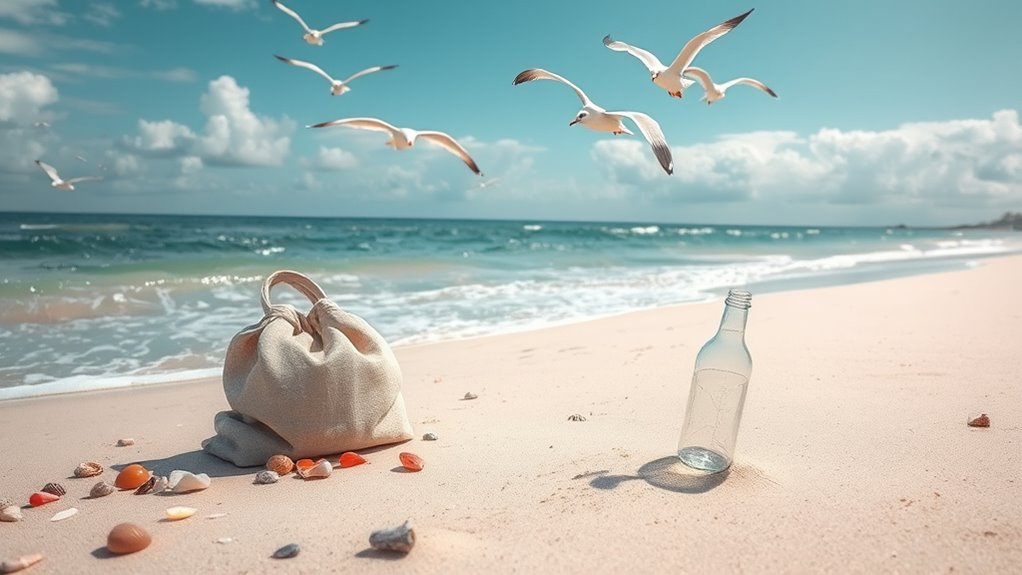
Reducing plastic use and waste is crucial for protecting wildlife and their habitats. Every piece of plastic you throw away can end up in oceans, rivers, or forests, posing a threat to animals.
Start by swapping single-use items for reusable alternatives. Carry a reusable bag, use a stainless steel water bottle, and choose glass or metal containers. When shopping, opt for products with minimal or no plastic packaging.
Additionally, consider buying second-hand items to reduce demand for new plastic products. Remember to recycle properly; check local guidelines to ensure your efforts count.
Create Wildlife-Friendly Spaces

Creating wildlife-friendly spaces not only enhances the beauty of your surroundings but also provides essential habitats for various species.
Start by planting native flowers and shrubs that attract local pollinators like bees and butterflies. Incorporate bird feeders and baths to invite feathered friends while providing them with fresh water.
Leave some areas of your yard wild, allowing grasses and wildflowers to flourish, which can serve as shelter for small mammals and insects. If you have a garden, consider using organic practices to avoid harmful chemicals.
Create a small pond or water feature to support amphibians and other aquatic life.
Support Conservation Efforts
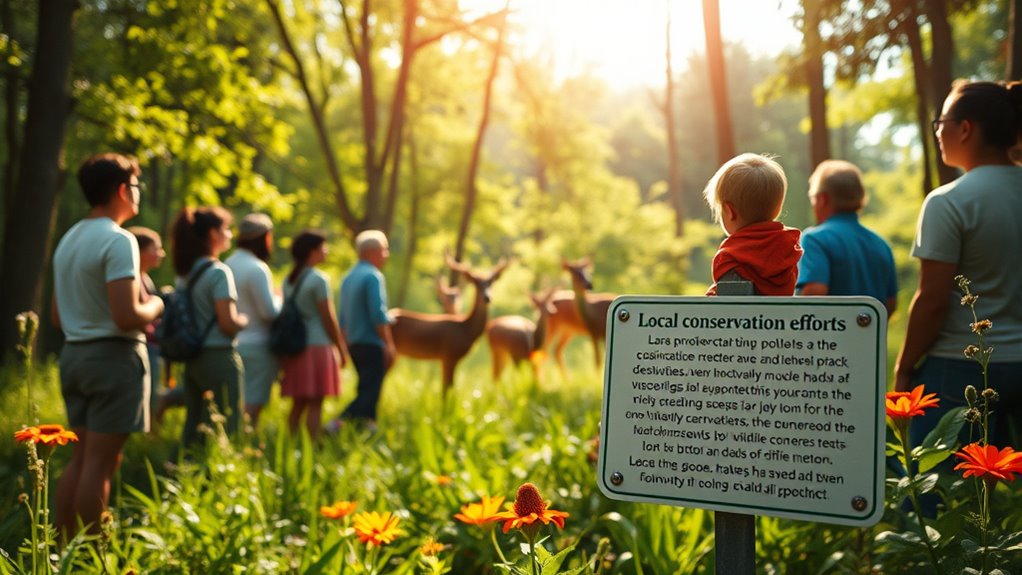
Supporting conservation efforts is crucial for protecting wildlife and their habitats. You can make a difference by donating to organizations that focus on habitat preservation, species protection, and ecological research.
Consider volunteering your time with local groups working on conservation projects. Every small contribution counts, whether it's participating in clean-up days or helping with wildlife surveys.
Additionally, you can support sustainable businesses that prioritize eco-friendly practices. Share information about these initiatives with friends and family to raise awareness.
Educate Yourself and Others

Education is a powerful tool in the fight to protect wildlife. By learning about local ecosystems, endangered species, and the threats they face, you can make informed decisions that benefit the environment.
Start by reading books, attending workshops, or following credible wildlife organizations online. Share your knowledge with friends and family to spark conversations about conservation.
Encourage others to join in on this journey of discovery. Consider hosting informative gatherings or community events focused on wildlife protection.
The more people understand the importance of wildlife, the more likely they'll take action.
Frequently Asked Questions
How Can I Identify Local Endangered Species in My Area?
To identify local endangered species in your area, start by researching state or local wildlife agencies.
They often provide lists of endangered species specific to your region. You can also check online databases or apps like iNaturalist for sightings.
Visiting local nature reserves or wildlife centers may offer valuable insights, too. Engaging with local conservation groups can help you learn more about the species and their habitats, making your search more effective.
What Are the Best Native Plants for Attracting Wildlife?
Imagine your garden as a bustling café for local wildlife, where native plants serve as the main course.
To attract birds, butterflies, and beneficial insects, consider planting milkweed, coneflower, and black-eyed Susan.
These vibrant options not only enhance your landscape but also provide essential food and shelter.
You'll create a sanctuary that supports the ecosystem while enjoying the beauty of nature right outside your window.
It's a win-win for you and your feathered friends!
How Does Climate Change Impact Local Wildlife Populations?
Climate change significantly impacts local wildlife populations in various ways.
You'll notice shifts in habitat, food availability, and migration patterns as temperatures rise and weather becomes more unpredictable. Many species struggle to adapt, leading to population declines or even extinction.
You might see some animals moving to new areas in search of suitable conditions, while others face increased competition and stress, ultimately threatening their survival and disrupting local ecosystems.
Are There Specific Wildlife-Friendly Gardening Techniques I Should Follow?
You might wonder if your garden can truly be a haven for wildlife. Well, it can!
Start by planting native flowers and shrubs that attract local pollinators. Avoid pesticides, as they can harm beneficial insects.
Create habitats with brush piles or birdhouses, and consider adding a water source. Embrace a diverse range of plants to support various species.
Each small change you make can lead to a thriving ecosystem right in your backyard.
How Can I Report Wildlife Violations in My Community?
If you want to report wildlife violations in your community, start by gathering details about the incident, like date, time, location, and description of the violation.
Then, contact your local wildlife agency or law enforcement. Many areas have hotlines for reporting such issues.
You can also check online for specific reporting forms.
Your prompt action can help protect local wildlife and ensure that violators are held accountable for their actions.
Conclusion
You might think your individual efforts won't make a difference, but every small action counts. By embracing sustainable living, reducing plastic waste, and creating wildlife-friendly spaces, you're contributing to a healthier planet. Supporting conservation efforts and educating those around you amplifies your impact. Remember, it's not just about saving the wildlife we see; it's about protecting entire ecosystems. So, take those steps today—your choices can inspire others and lead to a brighter future for our planet.
